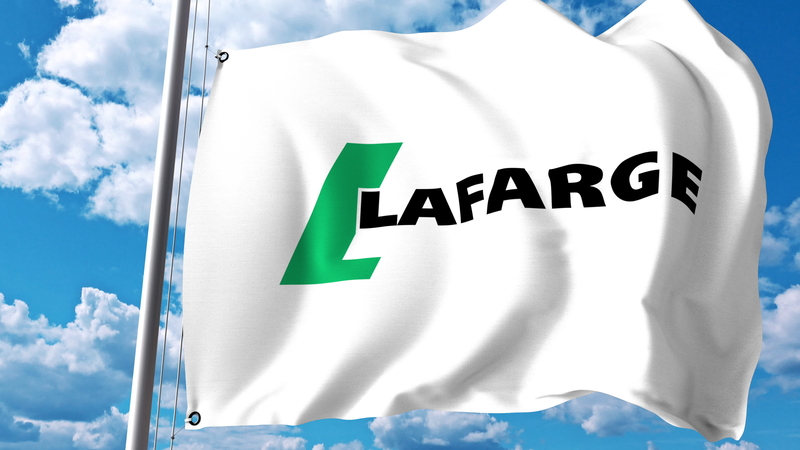
Lafarge Canada, Svante and Total have completed phase II of Project CO2ment, an initiative to capture industrial levels of carbon dioxide (CO2) emissions at a cement plant.
The partners are carrying out the project at Lafarge's Richmond cement plant in British Columbia.
The plant is now equipped with Svante's capture unit, a carbon capture technology aimed at trapping CO2 produced from industrial processes.
Lafarge says the completion of this phase allows the cement facility to capture the CO2 contained in its cement flue gas and to reuse it for CO2-cured concrete, thereby storing it permanently.
Coupling this equipment with the alternative fuels used at the plant creates a full-cycle solution to capture and reuse CO2 from a cement plant, the company adds.
Lafarge Western Canada president Brad Kohl says: “This has been a turbulent year for business and people due to the Covid-19 pandemic with many large scale projects being put on hold, but the perseverance that the people working at the Richmond cement plant continue to show is evident in the success of Project CO2ment. To continue leading change in the building materials industry means we are always looking to partner with like-minded thought leaders such as Svante and Total. This partnership is showcasing our drive towards a net-zero future, and we are seeing this vision become a reality, right now with the completion of this phase.”
Svante CEO Claude Letourneau says: “When we think about the fight against climate change, we know there has been work on energy efficiencies, renewables, but no major developments on capturing and cost-effectively using CO2 emissions from industrial sources, until now. The last piece of this problem is essential because it is the part that allows us to transition to a carbon-neutral marketplace. Our partnership with Lafarge is building a new net-zero economy, and that is a very positive message we are sending to the world - it can be done.”
Phase III is scheduled for work over the next three years. It will include the installation of a liquefaction unit and the development of an expansion project to further reduce emissions, as well as a business case review for further expansion across the Lafarge network.





